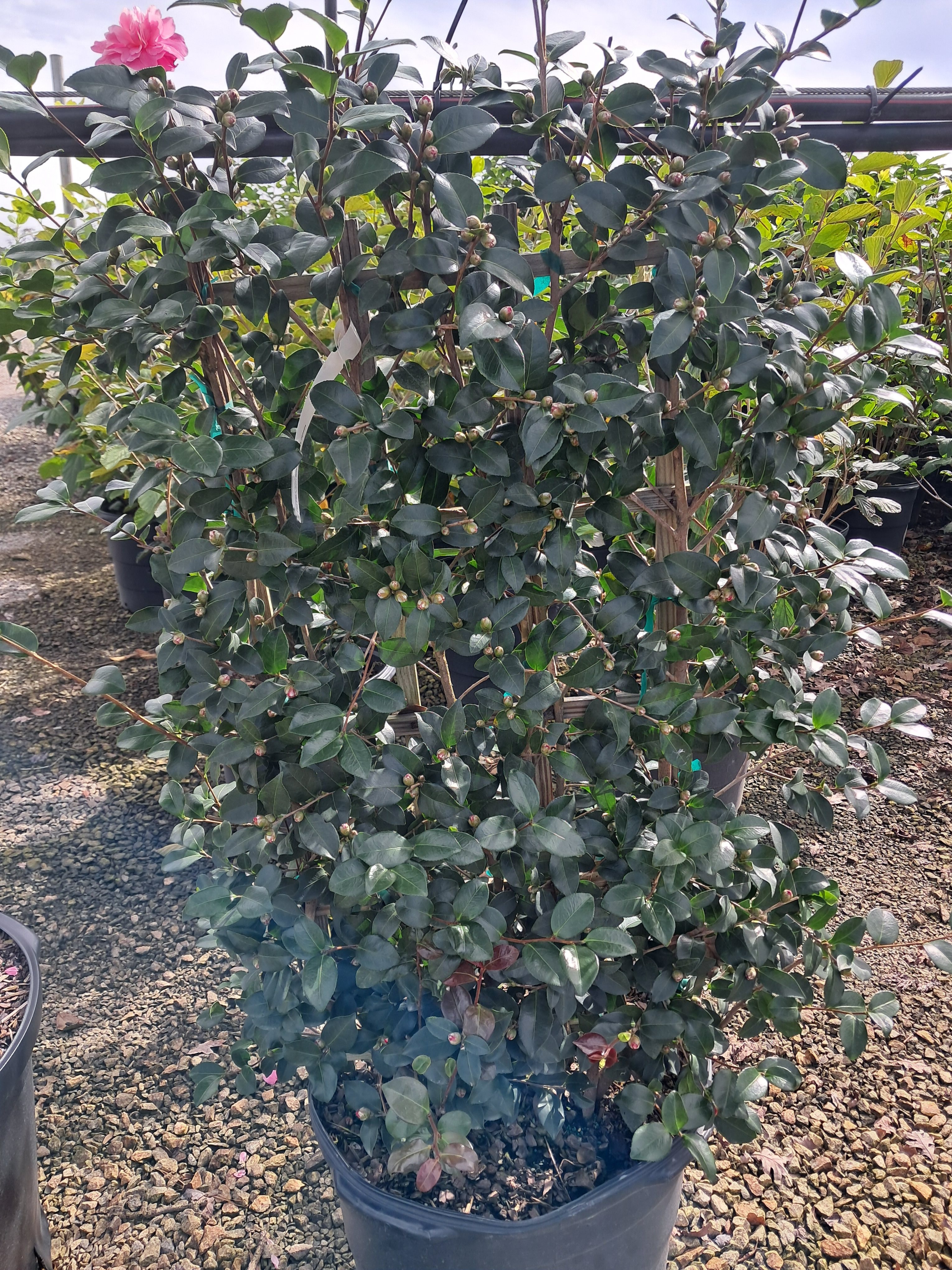919-552-8286
sales@adcocksnursery.com

Grows to 6" h x 2-3' sp
Drummond's Pink Phlox is a creeping, spring-blooming herbaceous perennial with a dense, spreading, mat-like form. Blooms are in loose clusters of tiny tubular 3/4" pink flowers in early to mid-spring and over time, this plant will look like a beautiful and profuse shag carpet. The foliage mats are cushion-like, resembling moss, which is why it's sometimes called moss phlox.
It is native to the central and eastern portions of Canada and the United States, mainly in the Appalachian Mountains. Phlox prefers moist, well-drained, humus soils, and full sun. It flowers best in full sun but in hot humid summers, the plant appreciates some dappled sun. They like sandy and gravely soil and can tolerate hot and dry conditions better than other species of phlox. Tolerant of deer, erosion, drought, and air pollution.
Use in rock gardens, edgings, foundation plantings, or ground covers in sunny areas of woodland gardens, slopes, native plant gardens, or naturalized areas. It may also be used to drape slightly over a low rock wall.
Photo Credit: Walter's Gardens
Grows 5' - 6' ht. & sp.
What a beautiful flower this Camellia has! Autumn Spirit is a hybrid between C. oleifera x C. sasanqua and deserves to be a focal point of any garden. It's bright and deep pink peony-shaped blooms are an intense show-stopper, and show up early in the season.
Like most sasanquas, they prefer slightly acidic and moist, rich soil that is well-drained, and they could use a little protection from the brutal afternoon summer heat.
Our plants are espaliered, but these would work well as a corner foundation plant, screen or even in a container.
Photo Credit: NC Extension

Grows 40 to 60 feet tall and 15 to 20 feet wide
Carolina Sapphire Cypress (also called Arizona Cypress) is an elegantly tall, wide, and evergreen tree that grows best in full sun and well-drained soil. It is moderately drought and salt-tolerant and needs little water once established. Built for the brutal heat of North Carolina summers.
The foliage has beautiful, silvery-blue to teal coloration year-round, and the bark is gray to brownish-black. The branches are sturdy but have a lacy appearance and its aroma and color interest make a great display in holiday greenery.
Carolina Sapphire Cypress is relatively trouble-free and moderately deer-resistant, making it a good choice for screening when compared to other fast-growing evergreen choices. It can be used as a specimen tree or for windbreaks.
Photo and Copy Credit: NC State Extension